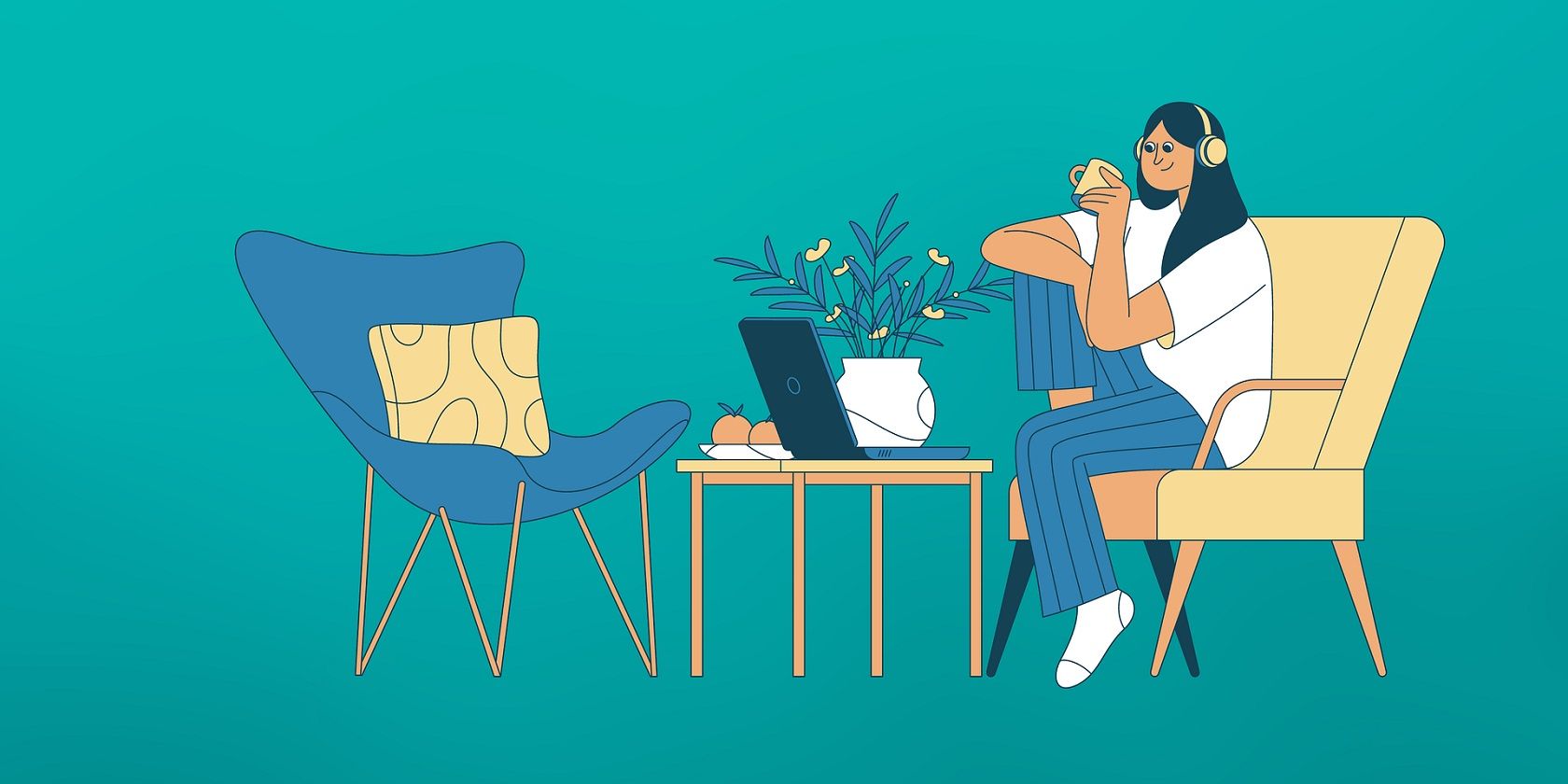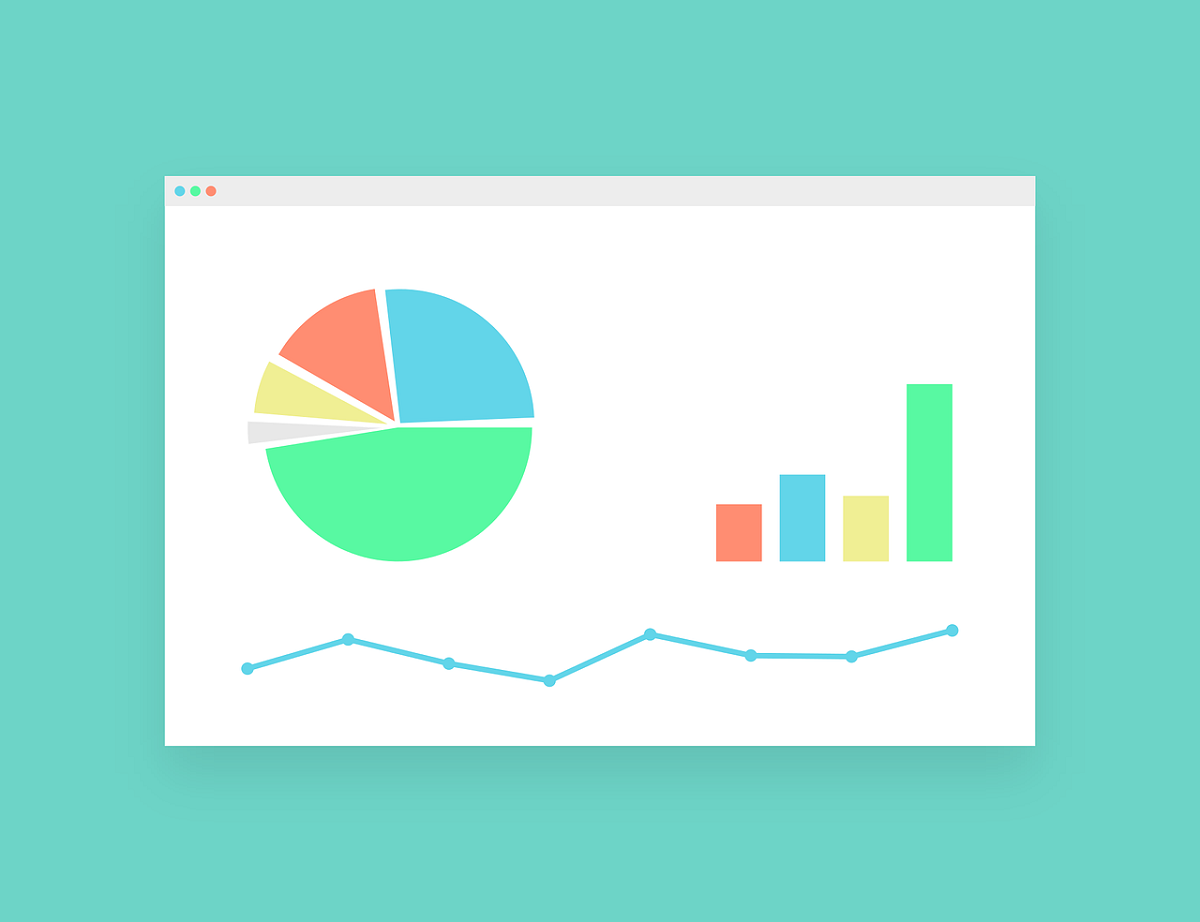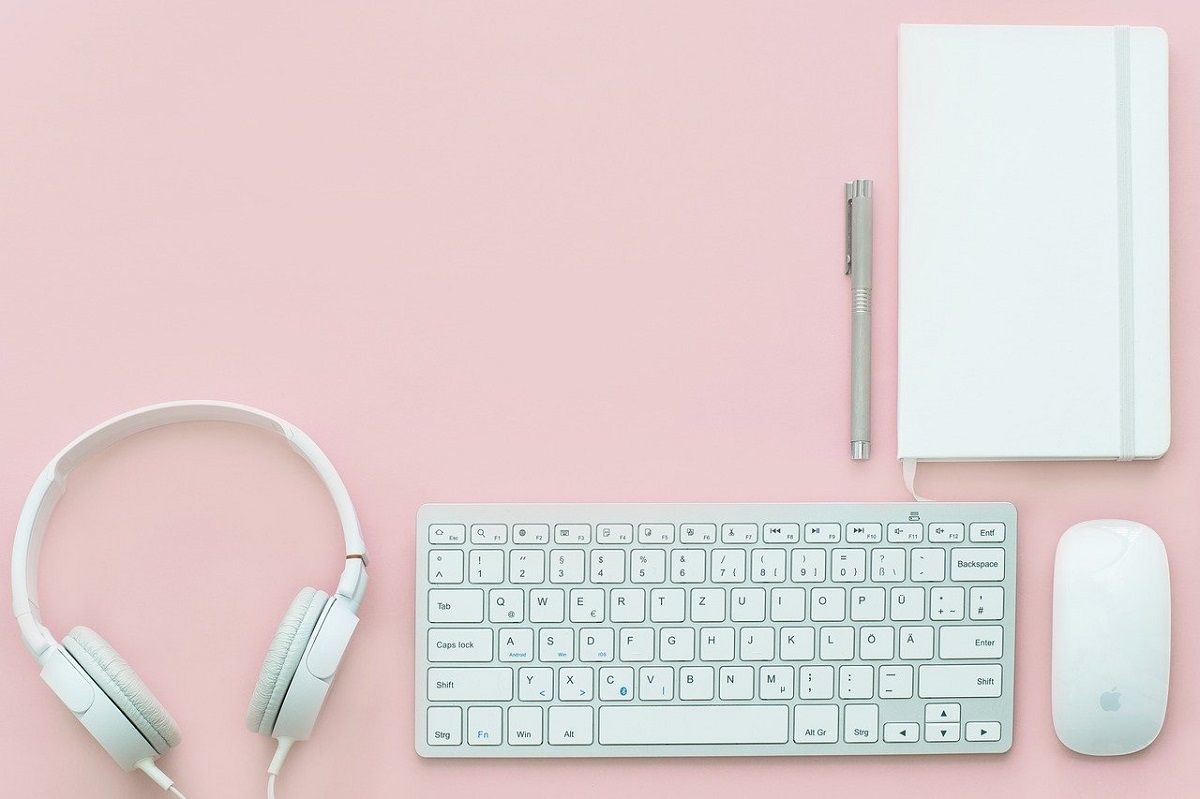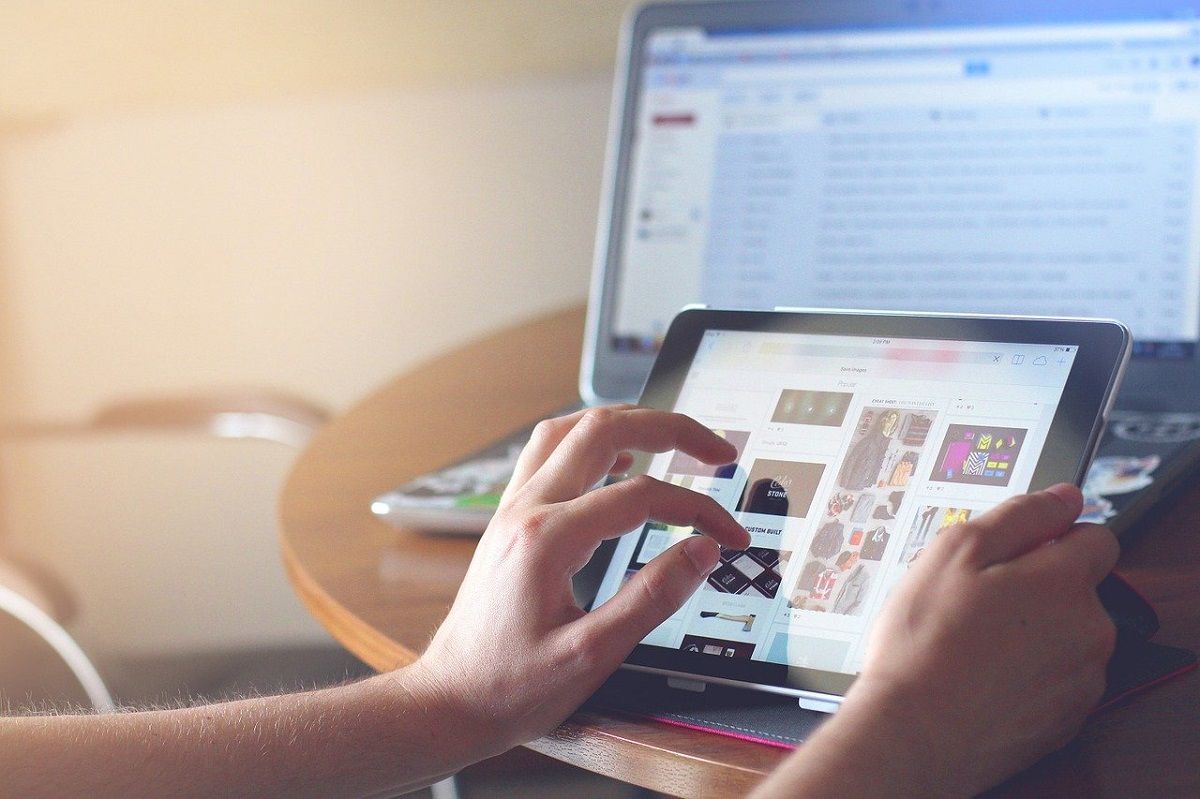Everyone learns differently, and the four learning styles categorize people into visual, auditory, kinesthetic, and read/write learners. Although they are mainly referred to in educational settings, they are still just as important in the world of work.
Let's take a look at the different learning styles and how understanding what yours is can maximize your productivity.
The Visual Learning Style
If you are a visual learner, you can take information in better through diagrams, illustrations, maps, charts, and other graphics. If you look at a block of text and struggle to remember all the details, but looking at a chart containing the same information stays in your mind, this could be your learning style.
It is not always possible to control the format of work that your colleagues send you, but you can develop ways to convert it into visual designs that make sense to you. You can also adapt how you approach your own tasks.
When planning for your weeks ahead, you can opt to color-code your calendar appointments. This works for visual learners because you are able to get a quick mental overview of the types of tasks you have in your schedule. Simply select a category, such as “Meetings” and choose a color you'd like to associate with it. On Outlook and Google Calendars, you make as many of these as you like.
Another tip is to use applications like Miro to design diagrams instead of lists and generic project plans. Miro comes with many templates that you can work from, or you can start from scratch with a blank board.
The Auditory Learning Style
You could be an auditory learner if you remember more when you hear instructions and when talking in meetings. Utilizing sounds and audio in your everyday work, such as phone calls instead of e-mails, can allow you to grasp ideas faster.
Many Microsoft applications have a Read Aloud option, which gives you the option to turn on-screen text into automated speech. On Outlook, simply select an e-mail and click the Read Aloud option on your toolbar.
Similarly, on Microsoft Word, you can do this by highlighting the text, going to the Review tab, and clicking the Read Aloud option there. You can also use the Dictation feature on Word to turn your own speech into text.
There are lots of text to speech applications that you can choose to turn your text-heavy workload into more manageable audio, which can be helpful if a specific app you are using doesn't have that function built-in.
Listening to music while working has also been shown to support audio learners, especially if it is continuous and instrumental. This is because it provides focus and blocks out other distracting sounds.
The Kinesthetic Learning Style
Being a passive receiver of information isn't enough for this learning style; they like to actively practice a skill and create a personal experience. Integrating the use of touch into your work can be challenging, especially if you work in an office setting, but a lot of modern-day technologies have made this easier. If you prefer to be hands-on and employ tactile options, you could be a kinesthetic learner.
Whiteboards are a good choice for this type, because you can physically manipulate the work you are doing and enables you to participate in it. You can opt for whiteboards during meetings, when you're planning a project, and when communicating ideas to others. There are a range of whiteboard applications available, including Miro, the whiteboard function in Zoom, and Microsoft Whiteboard.
In addition to this, you can make use of touch screen integrations that many digital devices come with. This could be a computer with a touch screen option, a tablet, or a phone. This removes the “middle man” of using a mouse or cursor and connects you directly to your on-screen work.
Participation in tasks and movement, in general, are great go-to's if you are a kinesthetic learner, and can bridge the gap when it comes to focus and productivity.
The Read/Write Learning Style
Read/Writer learners are the expert note-takers of the workplace, and if you like to have your work presented in words, this could be the best approach for you. Office environments incorporate reading/writing styles naturally, but you can still reach your potential in any other setting with some adjustments.
Trying to write down everything that is discussed in a meeting can be difficult, and often takes your attention away from what is happening. Otter.ai is a digital transcribing app that generates rich notes from speech so that you can take part in the conversation and review the notes later. You are also able to integrate it in Microsoft Teams, Google Meet, and Cisco Webex.
To communicate with your colleagues, you might also want to opt for chat functions, such as those in Microsoft Teams, Slack, and other channel-based messaging platforms. Not only that, but you will be able to read what your team says to you, while also taking advantage of being able to type your response.
If your workplace doesn't utilize these platforms, you can turn to text messaging apps like WhatsApp or send an e-mail instead of picking up the phone. This usually prompts your recipient to reply using the same platform and gives you the space to think about your own responses.
Know Your Learning Style
Now that we have discussed the four learning styles, you might already know which one you prefer. If you're not sure, try using the tips from each of the styles to figure out how you work best. It might be that you identify with more than one of them, and in that case, you can implement a combination of them into your work.
Rather than trying to do what everyone else is doing and just getting by, understanding how your brain receives information can optimize your productivity levels, and you might discover other techniques that help you along the way.





